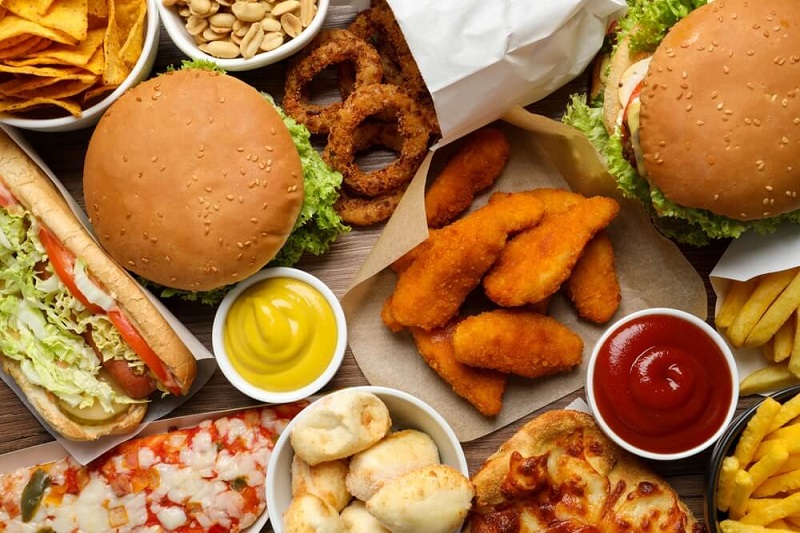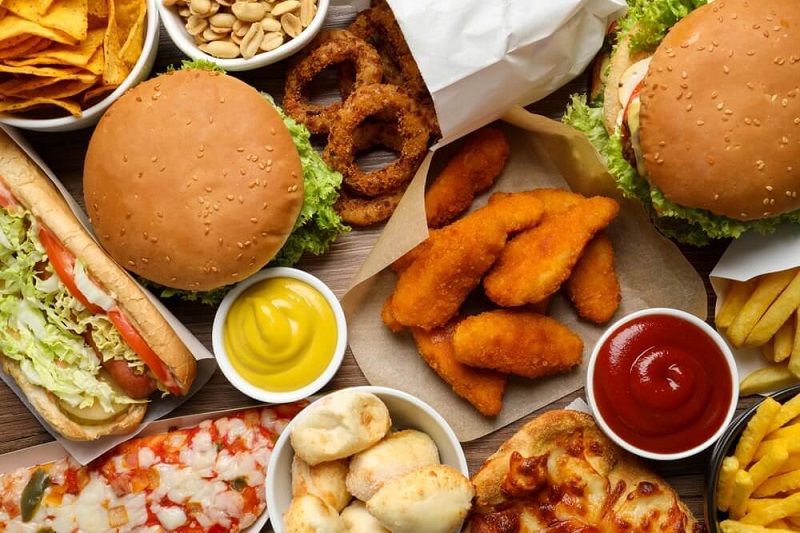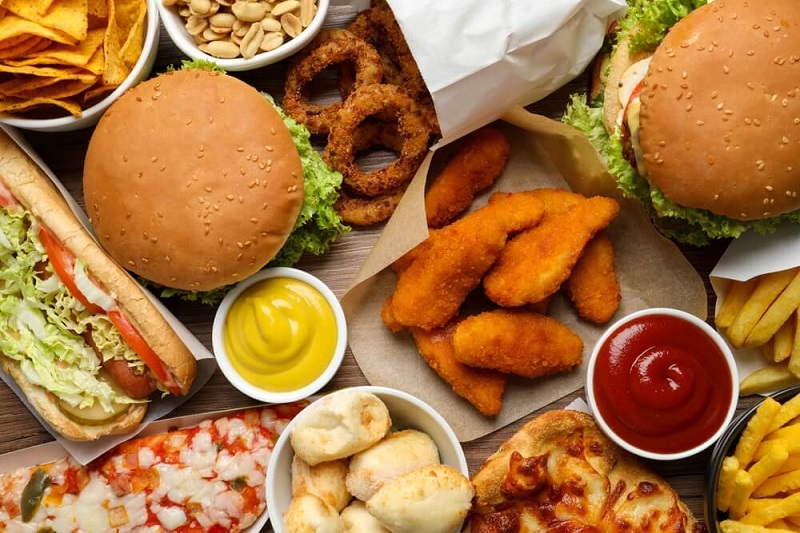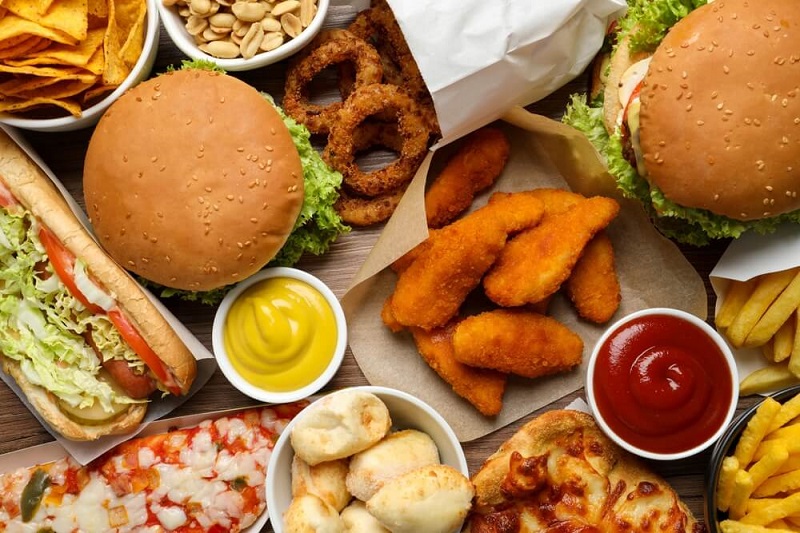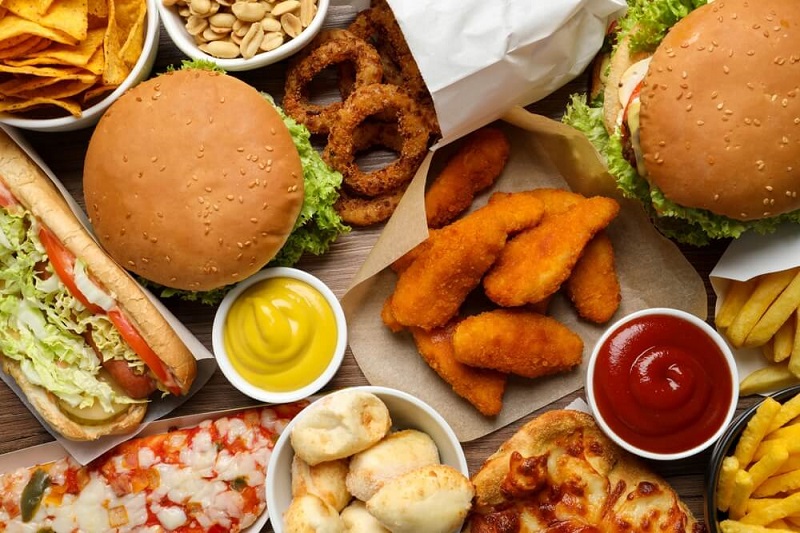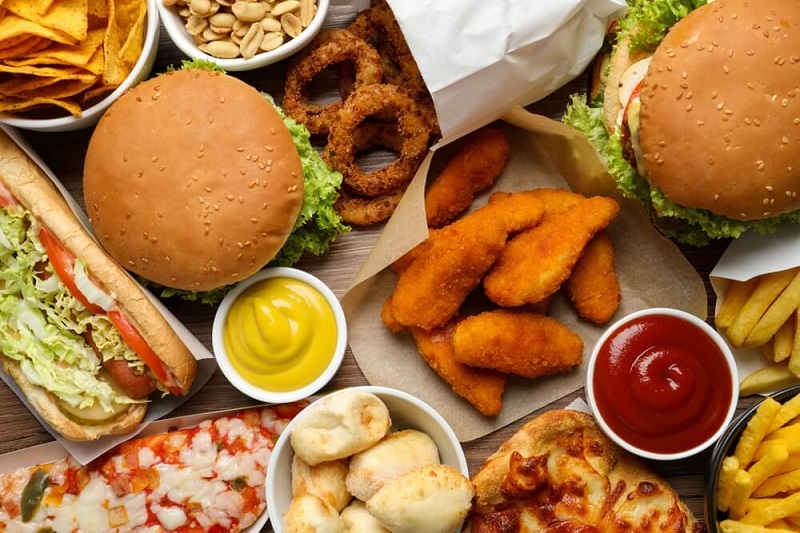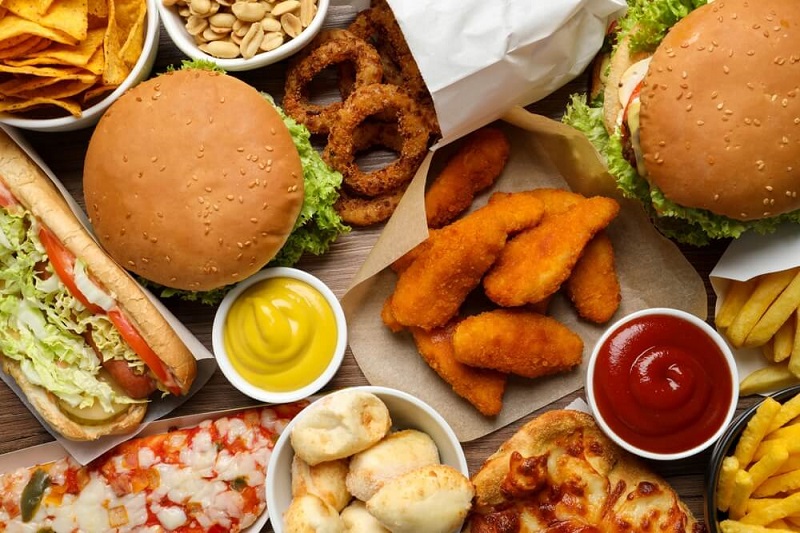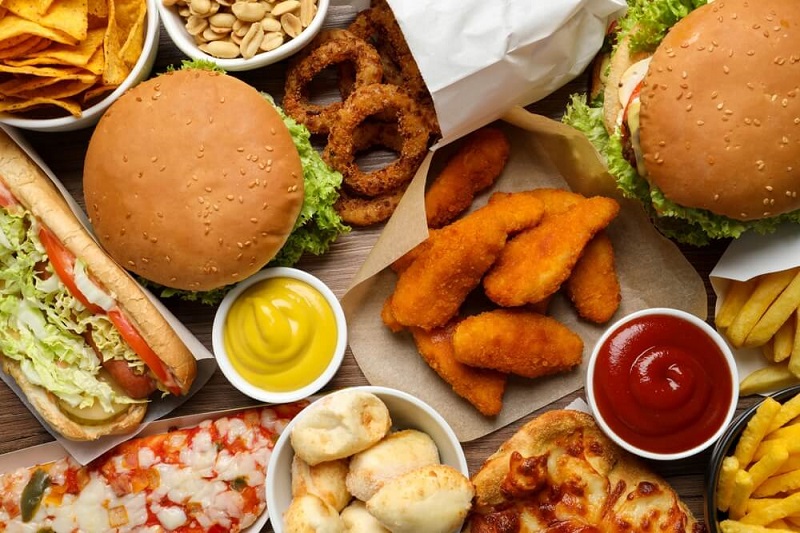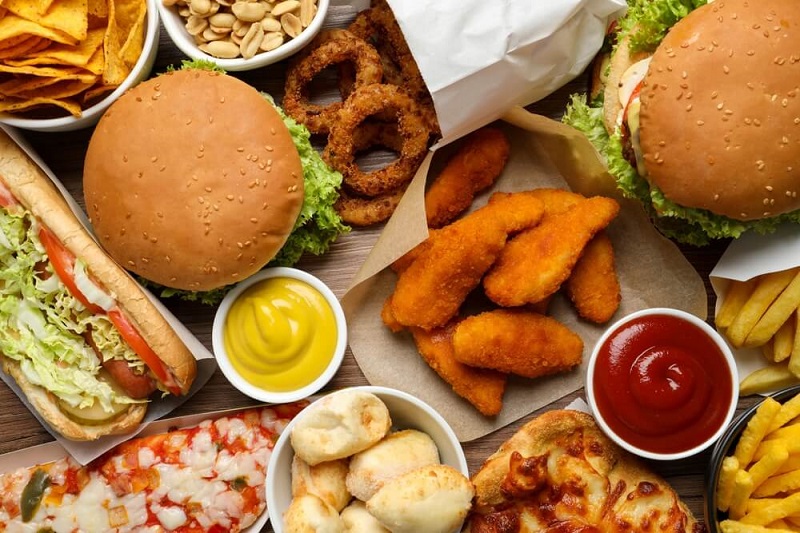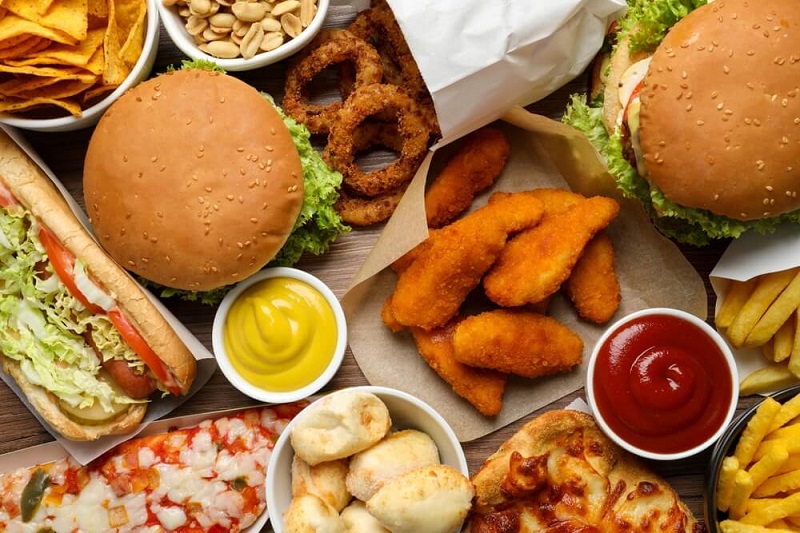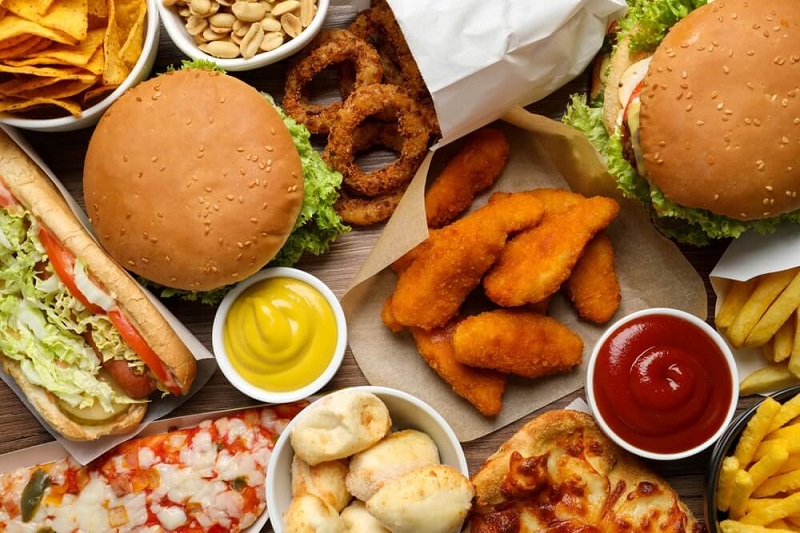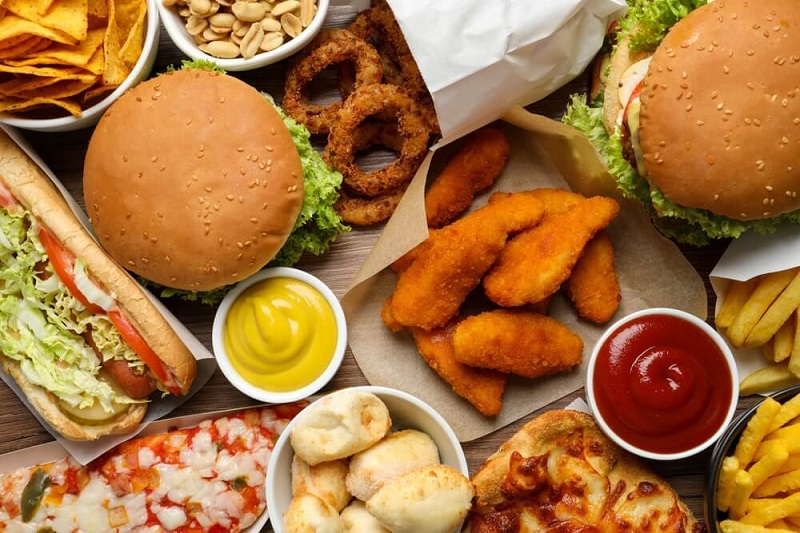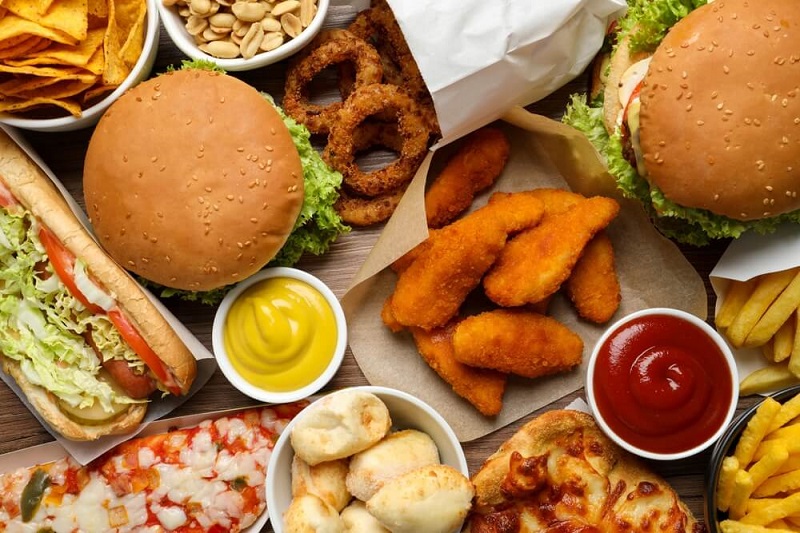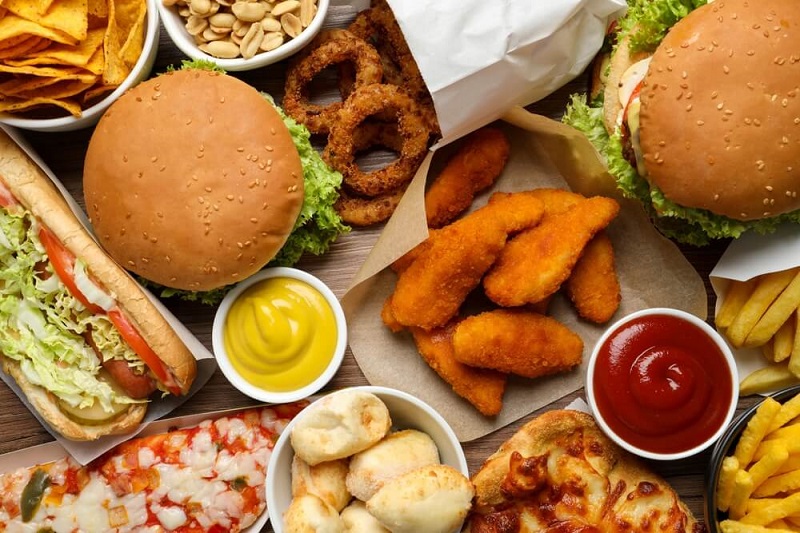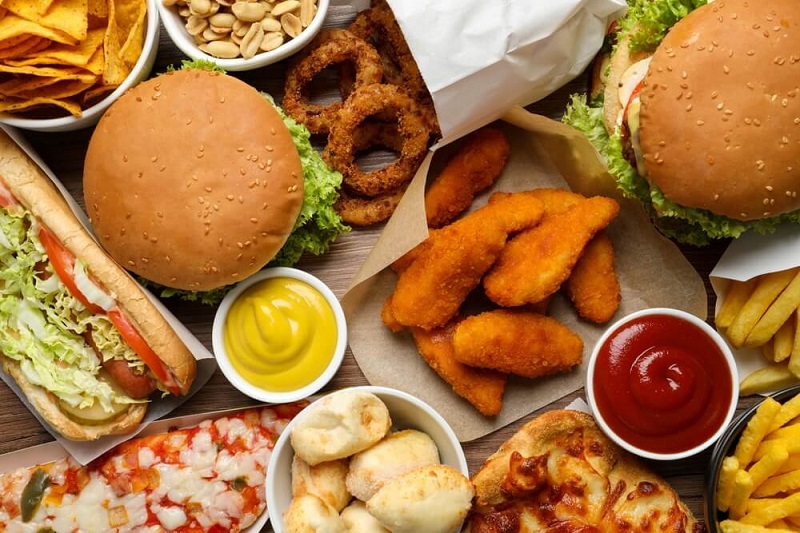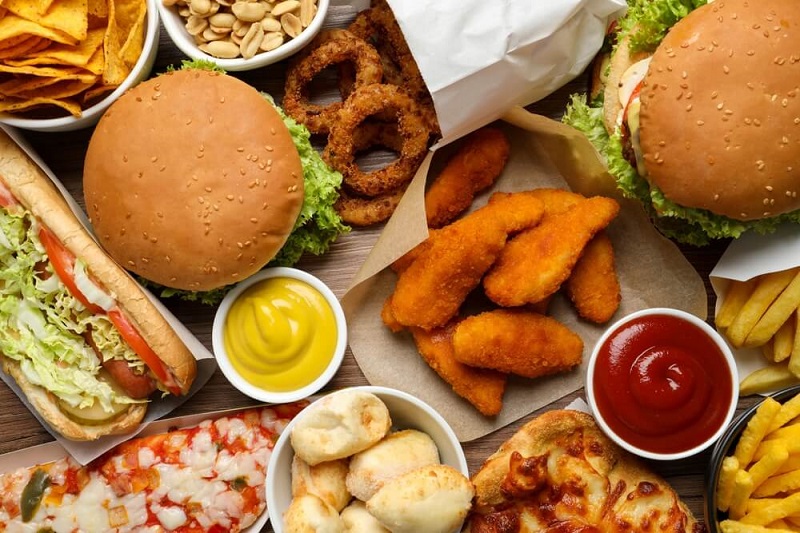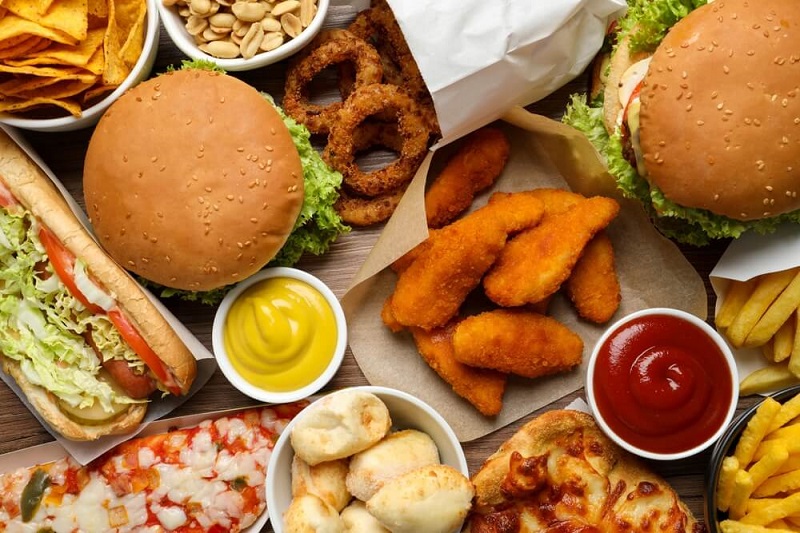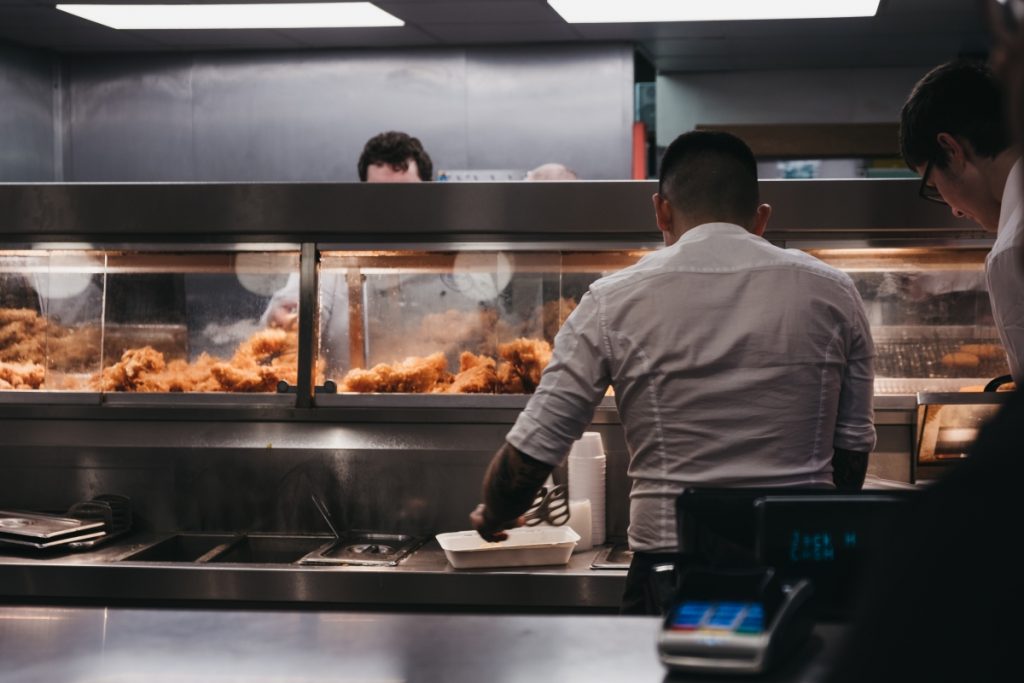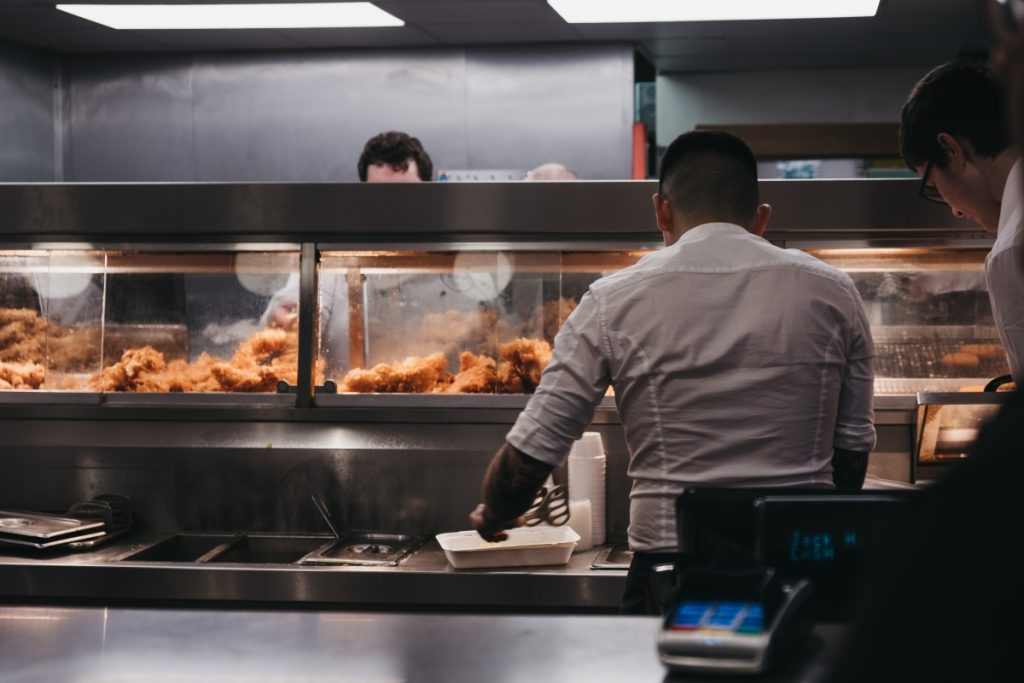Fast Food Kitchen Fire Insurance: Grease Fire & Equipment Protection
The fast food industry operates in one of the most fire-prone commercial environments, with kitchens running at high temperatures, handling large volumes of cooking oil, and maintaining rapid service speeds. Kitchen fires represent one of the most significant risks facing fast food establishments, with grease fires being particularly dangerous and costly. Understanding the importance of comprehensive kitchen fire insurance is crucial for protecting your business, employees, and customers from the devastating consequences of fire incidents.
Understanding Kitchen Fire Risks in Fast Food Operations
Fast food kitchens present unique fire hazards that differ significantly from traditional restaurants. The combination of high-volume cooking, time pressures, and specialized equipment creates an environment where fire risks are amplified. Deep fryers operating at temperatures exceeding 350°F, multiple grills running simultaneously, and the constant presence of cooking oils and grease create perfect conditions for fire incidents.
The most common causes of kitchen fires in fast food establishments include overheated cooking oil, equipment malfunctions, electrical faults, and human error during busy periods. Grease fires, in particular, spread rapidly and can cause extensive damage within minutes. Unlike water-based fires, grease fires require specialized suppression methods and can reignite if not properly extinguished.
Statistics show that cooking equipment is responsible for over 60% of restaurant fires, with deep fryers being the leading cause. The rapid service nature of fast food operations means staff may be rushing, potentially overlooking safety protocols or failing to properly maintain equipment. Additionally, the extended operating hours of many fast food establishments increase exposure time to fire risks.
The Devastating Impact of Kitchen Fires
When a kitchen fire occurs in a fast food establishment, the consequences extend far beyond the immediate damage. Property damage can be extensive, affecting not only kitchen equipment but also dining areas, ventilation systems, and the entire building structure. Smoke and water damage from firefighting efforts often cause additional destruction throughout the premises.
Business interruption represents another significant cost factor. Fast food establishments rely on consistent daily revenue, and even a brief closure can result in substantial financial losses. Depending on the extent of damage, businesses may remain closed for weeks or months during cleanup and reconstruction. During this period, fixed costs such as rent, insurance premiums, and loan payments continue while revenue completely stops.
The human cost cannot be overlooked either. Kitchen fires can result in serious injuries to staff and customers, leading to workers' compensation claims, medical expenses, and potential liability lawsuits. The psychological impact on employees who experience a traumatic fire incident can also affect workplace morale and productivity long after the physical damage is repaired.
Types of Kitchen Fire Insurance Coverage
Comprehensive kitchen fire insurance for fast food establishments should include multiple coverage types to address the various risks and consequences of fire incidents. Property insurance forms the foundation, covering the physical structure, kitchen equipment, furniture, and inventory damaged by fire, smoke, or water used in firefighting efforts.
Business interruption insurance is equally crucial, providing compensation for lost revenue during the closure period following a fire. This coverage helps maintain cash flow to meet ongoing expenses while the business is unable to operate. Some policies also include extra expense coverage, which pays for additional costs incurred to minimize business interruption, such as operating from a temporary location.
Equipment breakdown coverage specifically addresses the unique needs of fast food kitchens, where specialized cooking equipment represents a significant investment. This coverage extends beyond fire damage to include mechanical breakdowns, electrical failures, and other equipment-related incidents that could lead to fire risks.
Liability coverage protects against claims from third parties who may be injured or suffer property damage due to a kitchen fire. This includes customers, neighboring businesses, and even passersby who might be affected by smoke, evacuations, or structural damage.
Grease Fire Prevention and Protection
Grease fires pose the most significant fire risk in fast food kitchens due to the large quantities of cooking oil used daily. Prevention strategies include proper oil temperature monitoring, regular equipment maintenance, and staff training on safe cooking practices. However, even with the best prevention measures, grease fires can still occur, making proper protection systems essential.
Automatic fire suppression systems designed specifically for commercial kitchens provide the first line of defense against grease fires. These systems use specialized chemicals that quickly suppress grease fires and prevent reignition. The systems are typically integrated with kitchen equipment and activate automatically when dangerous temperatures are detected.
Portable fire extinguishers rated for grease fires should be strategically placed throughout the kitchen area. Staff must be trained in their proper use, understanding that water should never be used on grease fires as it can cause the fire to spread rapidly. Class K fire extinguishers are specifically designed for cooking oil fires and should be readily accessible.
Regular cleaning and maintenance of exhaust systems is crucial for preventing grease buildup that can fuel fires. Grease accumulation in ventilation systems can cause fires to spread rapidly throughout the building, making professional cleaning services an essential investment in fire prevention.
Equipment-Specific Fire Risks and Protection
Different pieces of kitchen equipment present varying fire risks that require specific protection strategies. Deep fryers, being the most fire-prone equipment, require constant temperature monitoring and automatic shut-off systems. Many modern fryers include built-in safety features, but older equipment may need retrofitting with additional safety devices.
Grills and griddles operate at high temperatures and can ignite grease splatter or food debris. Proper ventilation and regular cleaning are essential, along with automatic suppression systems positioned above cooking surfaces. Staff training should emphasize the importance of keeping cooking areas clean and free from combustible materials.
Electrical equipment, including ovens, warmers, and processing equipment, can cause fires through short circuits or overheating. Regular electrical inspections and maintenance help identify potential problems before they become fire hazards. Ground fault circuit interrupters (GFCIs) and proper electrical load management are important safety measures.
Heat lamps and warming equipment, while operating at lower temperatures, can still cause fires if combustible materials come into contact with heating elements. Proper placement and regular inspection of these devices help prevent incidents.
Insurance Policy Considerations
When selecting kitchen fire insurance, fast food operators should carefully evaluate policy terms and coverage limits. Replacement cost coverage is generally preferable to actual cash value, as it provides funds to replace damaged equipment with new items rather than depreciated values. This is particularly important for expensive kitchen equipment that may have significant depreciation.
Coverage limits should reflect the true replacement cost of all equipment, inventory, and potential business interruption losses. Many businesses underestimate these costs, leaving them vulnerable to significant out-of-pocket expenses following a fire. Regular appraisals help ensure coverage limits remain adequate as equipment values and business revenues change.
Deductibles represent the amount the business must pay before insurance coverage begins. While higher deductibles can reduce premium costs, they also increase the financial burden following a claim. Fast food operators should balance premium savings against their ability to handle deductible amounts during the stressful period following a fire.
Policy exclusions require careful review, as some standard exclusions may leave gaps in coverage. For example, some policies may exclude damage from certain types of equipment or specific fire causes. Understanding these exclusions helps identify areas where additional coverage may be needed.
Claims Process and Documentation
Proper documentation is crucial for successful insurance claims following a kitchen fire. This process should begin before any incident occurs, with regular photographic documentation of equipment, inventory, and the overall facility condition. These records provide valuable evidence of pre-loss conditions and help support replacement cost claims.
Following a fire, immediate documentation of the scene is essential, though safety considerations must take priority. Once the area is deemed safe by fire officials, comprehensive photography and video documentation should capture all damage. This includes obvious fire damage as well as smoke and water damage that may not be immediately apparent.
Maintaining detailed records of all equipment, including purchase dates, costs, and maintenance records, facilitates the claims process. Serial numbers, model information, and warranty details help adjusters accurately assess replacement costs. Inventory records should include quantities, costs, and supplier information for all food products, supplies, and other materials damaged in the fire.
Working with experienced insurance adjusters who understand the fast food industry can significantly improve claim outcomes. These professionals understand the unique equipment and operational requirements of fast food establishments and can help ensure all covered damages are properly documented and claimed.
Risk Management and Premium Reduction
Insurance companies often offer premium discounts for businesses that implement comprehensive fire prevention and safety measures. Installing modern fire suppression systems, maintaining regular equipment servicing schedules, and providing ongoing staff training can all contribute to reduced insurance costs.
Regular safety inspections and maintenance programs demonstrate a commitment to risk reduction that insurers value. Documenting these activities through maintenance logs, training records, and inspection reports provides evidence of proactive risk management that can influence premium calculations.
Staff training programs should cover fire prevention, emergency procedures, and proper equipment operation. Well-trained employees are less likely to cause fires through improper procedures and more likely to respond effectively if incidents occur. Many insurance companies offer discounts for businesses with certified training programs.
Building design and construction materials also influence fire risk and insurance costs. Fire-resistant construction materials, proper ventilation systems, and adequate fire exits all contribute to lower risk profiles. When renovating or building new locations, incorporating fire safety features can provide long-term insurance savings.
Regulatory Compliance and Safety Standards
Fast food establishments must comply with various fire safety regulations and standards that vary by location. Local fire codes typically specify requirements for fire suppression systems, exit routes, and emergency procedures. Compliance with these regulations is not only legally required but also influences insurance coverage and costs.
The National Fire Protection Association (NFPA) provides standards specifically for commercial cooking operations. NFPA 96 covers ventilation control and fire protection of commercial cooking operations, while other standards address specific equipment and safety requirements. Insurance companies often require compliance with these standards as a condition of coverage.
Regular inspections by local fire authorities help ensure ongoing compliance and identify potential safety issues before they become problems. These inspections also provide documentation of safety compliance that can be valuable during insurance underwriting and claims processes.
Health department regulations often overlap with fire safety requirements, particularly regarding equipment maintenance and cleaning procedures. Maintaining compliance with all applicable regulations demonstrates a comprehensive approach to risk management that insurers recognize and reward.
Conclusion
Kitchen fire insurance represents a critical investment for fast food establishments operating in high-risk environments. The combination of grease fires, equipment-related risks, and the potential for devastating business interruption makes comprehensive coverage essential for protecting both immediate assets and long-term business viability.
Effective fire insurance goes beyond simply purchasing a policy; it requires understanding the specific risks facing fast food operations, implementing appropriate prevention measures, and maintaining proper documentation and compliance procedures. By taking a proactive approach to fire risk management and insurance coverage, fast food operators can protect their investments, employees, and customers while potentially reducing insurance costs through demonstrated risk reduction efforts.
The fast food industry's unique fire risks demand specialized insurance solutions that address grease fire hazards, equipment protection, and business continuity needs. Working with insurance professionals who understand these specific requirements ensures that coverage adequately protects against the full range of potential fire-related losses.
For fast food establishments, the question is not whether fire insurance is necessary, but rather how comprehensive that coverage should be. Given the potentially catastrophic consequences of kitchen fires, investing in robust fire insurance coverage represents sound business protection that can mean the difference between recovering from a fire incident and facing business closure.


 0330 127 2333
0330 127 2333
